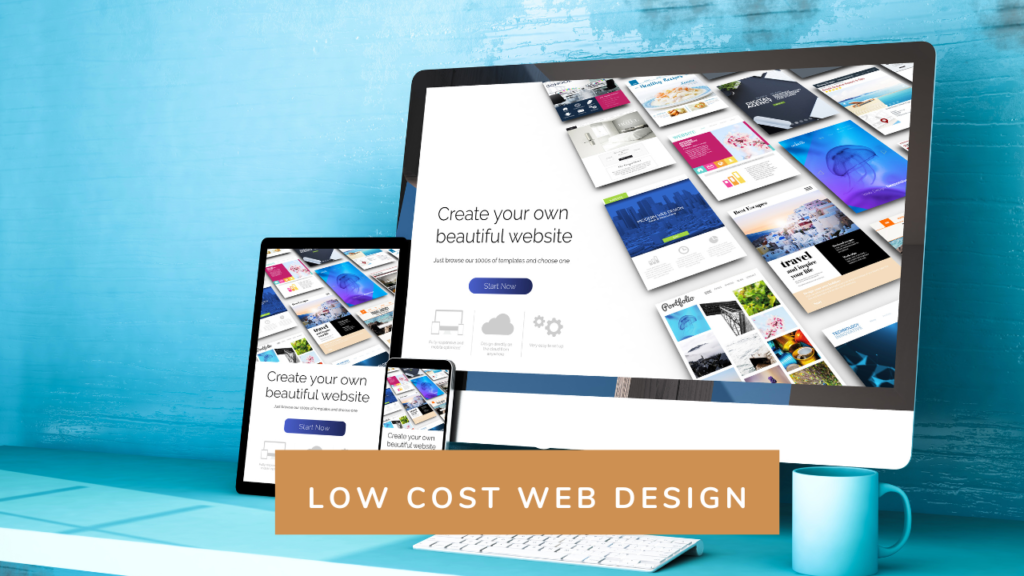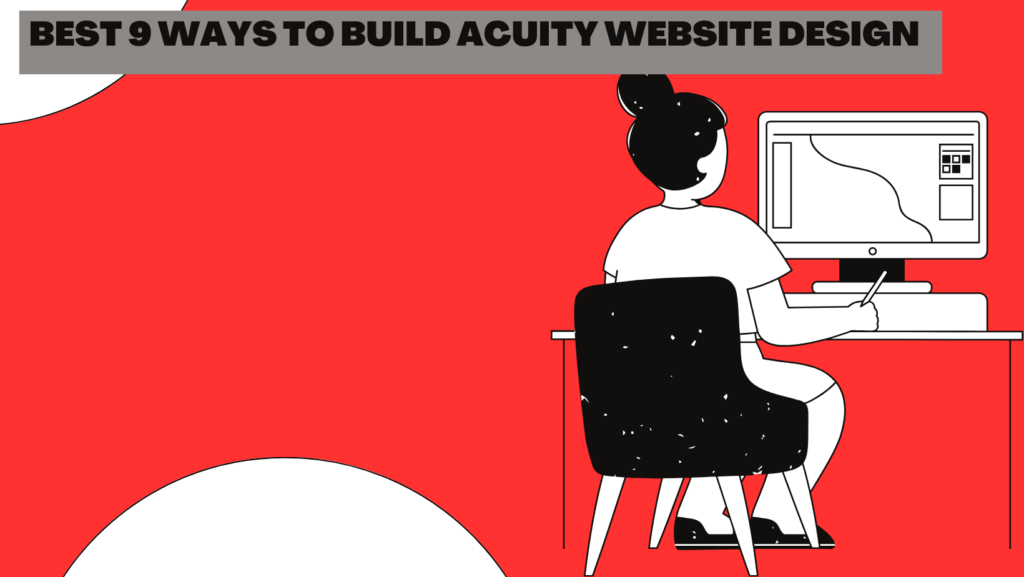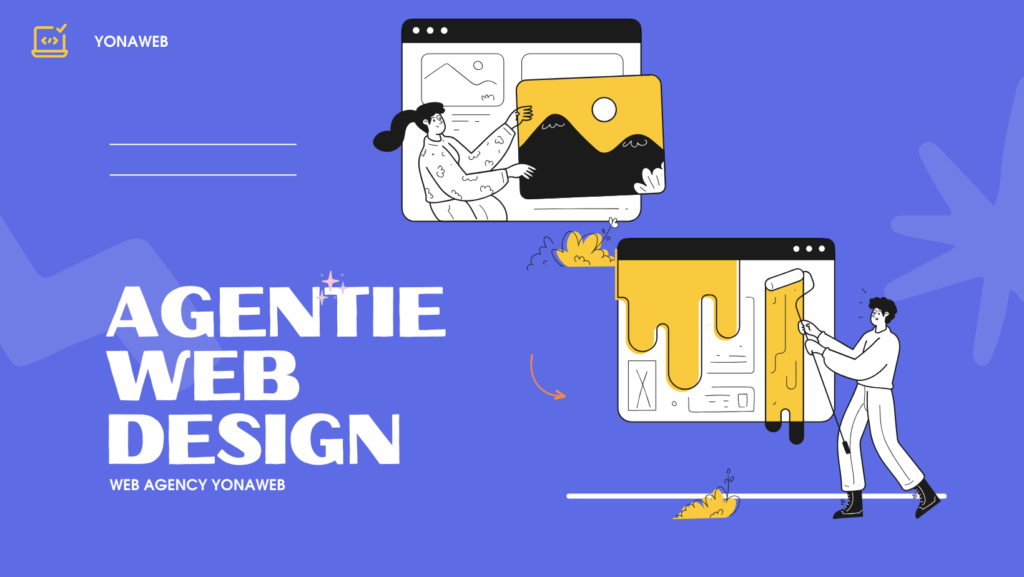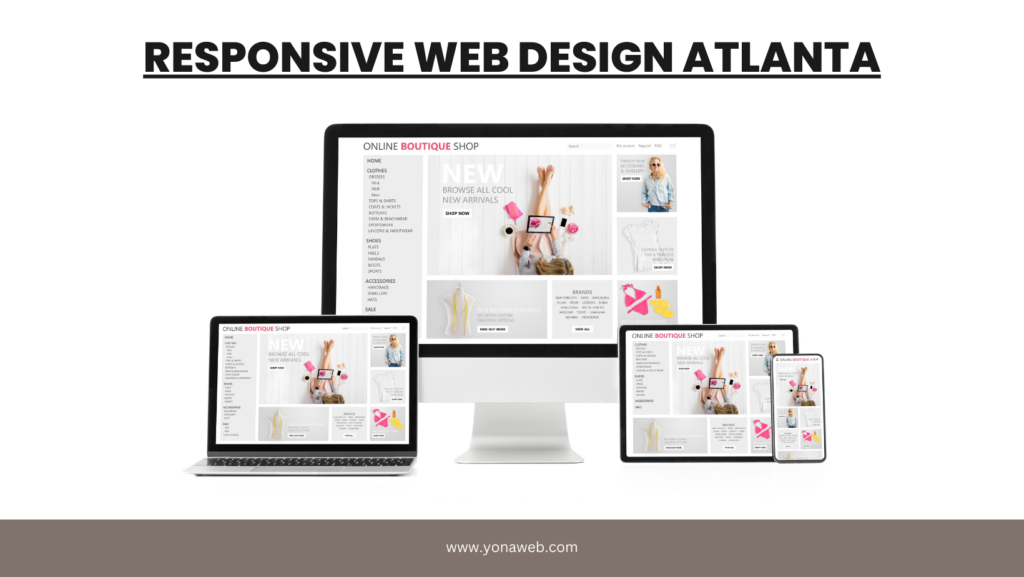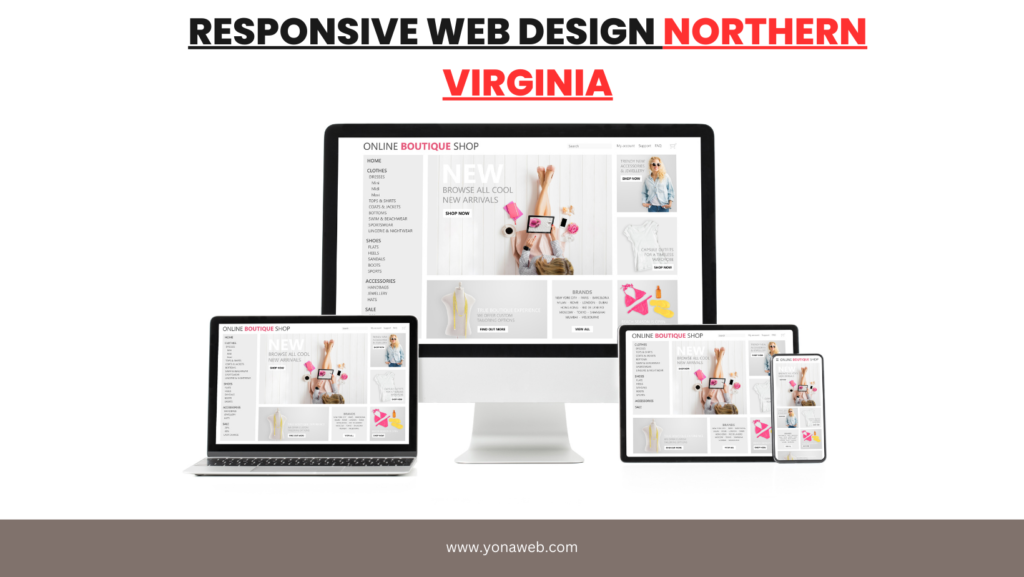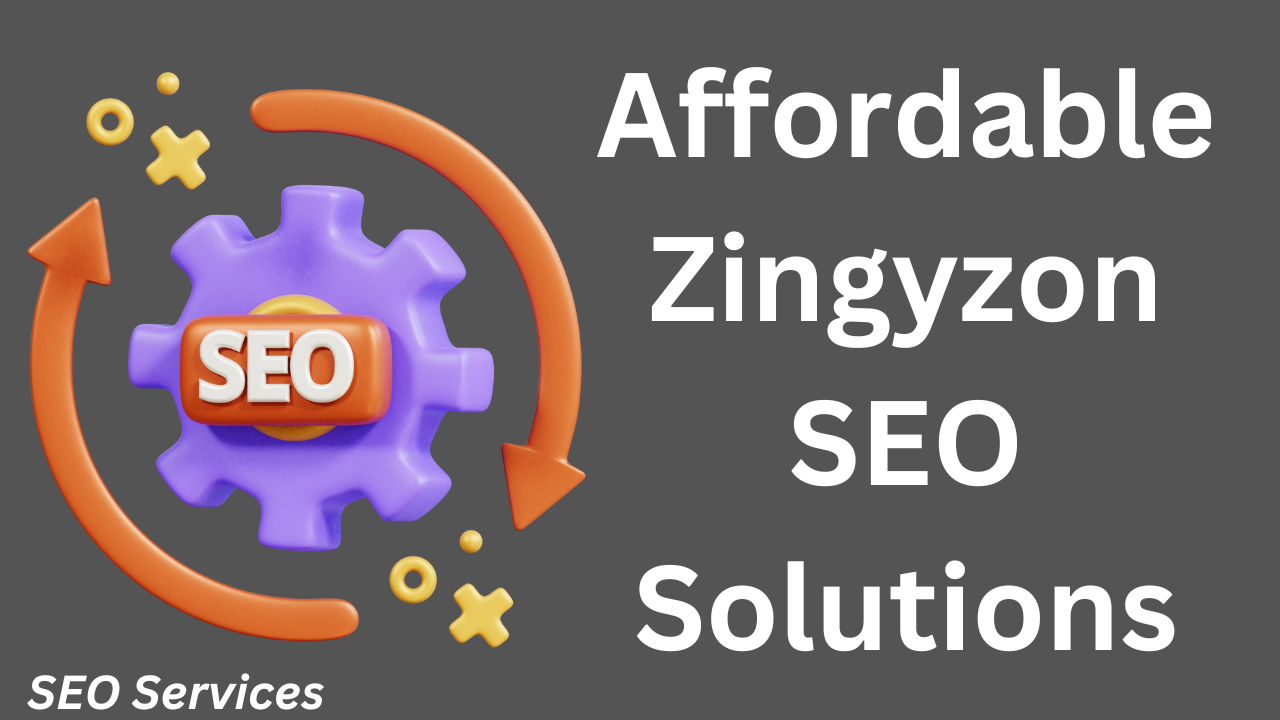Introduction
In the fast-paced world of small business, establishing a strong online presence is essential. But let’s face it—budget constraints often make it seem like a luxury. If you’ve ever found yourself scratching your head over high web design costs, you’re not alone. Fortunately, there’s a solution: low cost web design. This article explores various aspects of low cost web design, offering practical tips and resources to help your small business thrive online without breaking the bank.
Understanding Low Cost Web Design
So, what exactly is low cost web design? Simply put, it refers to web design services and solutions that are affordable yet effective. This doesn’t mean you have to compromise on quality; it’s about finding the right balance. Low cost web design can come from freelancers, budget-friendly agencies, or DIY solutions that provide professional results at a fraction of the cost of traditional design services.
The Benefits of Low Cost Web Design
Investing in low-cost web design can yield significant benefits for small businesses, especially when leveraging the right tools and templates. A well-designed website not only improves your online presence but also enhances your credibility in the eyes of potential customers. A professional-looking site reassures visitors that your company is trustworthy and committed to providing quality services. This is particularly important in today’s competitive market, where first impressions matter. By using intuitive design tools and templates, even those with minimal technical skills can create an effective website that meets their needs.
Additionally, low-cost web design can lead to substantial cost savings and a higher return on investment (ROI). By choosing a design agency that understands your business goals, you can build a website that attracts visitors and converts them into customers. The initial investment in a quality design can quickly pay off when the site successfully drives traffic and increases sales. Focusing on SEO and effective marketing strategies will further enhance visibility and engagement, making your website a powerful tool for business growth.
Moreover, discovering the right designer or agency can make all the difference in achieving your business objectives. Many agencies now offer flexible pricing options, allowing businesses of all sizes to find a solution that fits their budget. By evaluating different offerings and prices, you can select a design service that not only aligns with your vision but also delivers high-quality results. The right web design can transform your online presence, enabling you to compete effectively in the digital landscape.
Identifying Your Needs
Before diving into low-cost web design, it’s essential to identify your specific needs. Start by considering what the primary goal of your website will be. Are you aiming for sales, lead generation, or simply providing information? Understanding the main objective will guide your design decisions and help you choose the most suitable features for your site. For instance, if your goal is e-commerce, you’ll need to ensure your design package includes responsive shopping cart capabilities.
Next, think about who your target audience is and what they expect from a professional website. A friendly user experience is critical; visitors should find it easy to navigate your site and access the information they seek. Consider average time spent on similar websites within your industry. This can provide valuable insights into what users find engaging and how you can structure your own content to keep them interested.
Finally, list the specific features you need, such as contact forms, galleries, or blogs. Exploring the cheapest packages available can reveal options that fit your budget while still delivering quality and responsiveness. By evaluating your needs upfront, you can make informed decisions and ultimately select a design that meets your expectations without compromising on professionalism.
Where to Find Low Cost Web Design Services
When it comes to finding affordable web design services, there are several avenues to explore:
- Freelance Platforms: Websites like Fiverr, Upwork, and Freelancer offer a plethora of freelance designers who can create beautiful websites at competitive prices. Be sure to check reviews and portfolios before hiring.
- Local Colleges: Many students studying web design are eager to build their portfolios. Reach out to local colleges or universities; you might find talented individuals willing to work at a lower rate.
- Agencies with Budget Packages: Some agencies specialize in providing low cost web design services tailored for small businesses. Look for agencies that clearly state their pricing structures and what services are included.
DIY Website Builders
If you prefer a hands-on approach, DIY website builders like Wix, Squarespace, and WordPress are excellent options. These platforms offer user-friendly interfaces and customizable templates, allowing you to create a professional-looking website without needing extensive technical skills.
Comparison of Popular DIY Builders:
- Wix: Offers a drag-and-drop interface and a wide variety of templates. Ideal for beginners.
- Squarespace: Known for its stunning designs and great for creatives. Slightly higher learning curve but worth it for the aesthetics.
- WordPress: The most flexible option but requires more technical knowledge. Perfect for those who want to customize their site extensively.
Essential Elements of Low Cost Web Design
No matter how much you spend, certain elements are crucial for a successful website. Here’s what to include in your low cost web design:
- Clear Navigation: Ensure that your website is easy to navigate. A simple, intuitive menu helps visitors find what they’re looking for without frustration.
- High-Quality Visuals: Use high-resolution images that reflect your brand. If you’re on a tight budget, consider taking your own photos or sourcing free images from sites like Unsplash or Pexels.
- Responsive Design: Your website must look great on all devices, especially mobile. Most DIY platforms offer responsive templates, but double-check to ensure your site performs well across different screen sizes.
The Role of SEO in Low Cost Web Design
One of the most critical aspects of low cost web design is Search Engine Optimization (SEO). Without proper SEO, your website may go unnoticed in the vast sea of the internet. Here are some basic SEO tips to incorporate into your low cost web design strategy:
- Keyword Research: Identify relevant keywords for your business and incorporate them into your content, headers, and meta tags.
- Quality Content: Create engaging, valuable content that answers your audience’s questions. Blogs, articles, and guides are great ways to provide value and improve your search rankings.
- Optimized Images: Use descriptive file names and alt text for your images. This not only helps with SEO but also improves accessibility.
Designing for Mobile Users

With more people browsing on mobile devices than ever before, mobile optimization is a must. A site that isn’t mobile-friendly can drive away potential customers. Here are some tips for ensuring your website is optimized for mobile:
- Test Responsiveness: Use tools like Google’s Mobile-Friendly Test to ensure your site performs well on mobile devices.
- Simplify Content: Keep your content concise and easy to read on smaller screens. Use bullet points and short paragraphs to enhance readability.
- Touch-Friendly Elements: Ensure buttons and links are easy to tap, improving user experience on mobile devices.
Leveraging Templates
Using website templates can significantly reduce design costs while still providing a professional appearance. Many DIY builders offer a diverse range of templates that cater to various industries, ensuring that businesses can find a design that aligns with their brand identity. Templates help streamline the design process, allowing users with minimal technical skills to create attractive websites quickly.
To make the most of these templates, it’s essential to customize them to reflect your brand’s unique voice. While templates offer a great starting point, personalizing elements like colors, fonts, and images can elevate the website’s impact. Many platforms allow easy modifications, so take advantage of these features to ensure your website stands out from competitors.
Additionally, consider the user experience when selecting and modifying templates. A well-structured layout enhances navigation and keeps visitors engaged. Implementing clear calls to action, mobile responsiveness, and SEO best practices will ensure your template not only looks good but also performs effectively in attracting and converting visitors.
- Choose Wisely: Select a template that aligns with your brand identity and business goals. Ensure it has the necessary features for your site.
- Customize to Fit: Don’t be afraid to tweak the template to make it your own. Adjust colors, fonts, and layouts to reflect your brand’s personality.
- Maintain Consistency: Keep branding consistent throughout your site to build trust and recognition with visitors.
Common Mistakes to Avoid
Even with a low cost web design, there are pitfalls to watch out for. Here are some common mistakes and how to avoid them:
- Overcomplicated Designs: Simplicity is key. Cluttered websites can confuse visitors. Stick to clean layouts that highlight essential information.
- Ignoring User Experience: Ensure that your site is user-friendly. Test navigation and functionality to make sure visitors can find what they need easily.
- Neglecting Maintenance: A website requires ongoing maintenance. Regularly update content and check for broken links or outdated information.
Building Trust with Design

Your website is often the first interaction customers have with your brand. A professional design helps establish trust and credibility. Here are some ways to enhance trust through your low cost web design:
- Contact Information: Make your contact information easily accessible. Consider adding a contact page with a form for inquiries.
- Testimonials: Display customer reviews and testimonials prominently on your site. Positive feedback can significantly influence potential customers.
- Professional Branding: Use consistent branding elements like logos, colors, and fonts to create a cohesive look that reflects your brand.
Content is Key
While design is important, content is king. Quality content can attract visitors and encourage them to engage with your site. Here are some tips for creating compelling content:
- Know Your Audience: Understand who your target audience is and tailor your content to meet their needs and interests.
- Use a Conversational Tone: Engage your readers with a friendly, approachable tone. This helps create a connection and keeps them interested.
- Include Calls to Action: Encourage visitors to take specific actions, whether signing up for a newsletter, making a purchase, or following you on social media.
Social Media Integration
Integrating social media into your website can enhance visibility and engagement. Here’s how to effectively link social platforms to your site:
- Social Sharing Buttons: Add buttons that allow visitors to share your content easily on their social media profiles.
- Follow Buttons: Include links to your social media profiles so visitors can connect with you on various platforms.
- Embed Feeds: Consider embedding your social media feeds on your website to showcase real-time updates and engage visitors.
Monitoring and Analytics
Tracking your website’s performance is crucial for making informed improvements. Here are some free tools to consider:
Google Analytics is an essential tool for any website owner looking to enhance their design strategy while keeping costs manageable. This powerful platform enables you to monitor website traffic, user behavior, and more, offering valuable insights that can shape your affordable web design approach. By understanding how users interact with your site, you can make informed decisions about development and design elements that resonate with your audience, ensuring you get the best value for your budget.
In addition to Google Analytics, the Google Search Console is another vital resource that helps you monitor your site’s presence in search results. This tool allows you to identify areas for optimization, which is crucial for enhancing your website’s visibility without incurring significant costs. By improving your site’s SEO through targeted changes, you can effectively increase traffic without breaking the bank.
Furthermore, incorporating heatmaps, such as those offered by Hotjar, can provide deeper insights into user interactions on your website. These visual tools help you understand which areas receive the most attention and which might need improvement, ensuring that your design aligns with user preferences while remaining within your price range. With platforms like Wix and other budget-friendly builders, creating engaging and functional websites is achievable, allowing you to maximize your design investment.
Cost-Effective Maintenance Tips
Maintaining your website doesn’t have to be expensive. Here are some tips for keeping your site updated without overspending:
Setting a regular schedule to review your website is crucial for maintaining its effectiveness and ensuring it serves your business needs. Regular checks allow you to identify broken links, outdated content, and design inconsistencies that could detract from the user experience. By proactively managing your site, you can keep it fresh and relevant, which is essential for engaging visitors and encouraging them to explore your services further. A well-maintained website helps build credibility and trust with potential customers, ultimately supporting your business objectives.
Leveraging automation is another effective strategy for optimizing your online presence while managing costs. Tools like Mailchimp can streamline your email marketing efforts, allowing you to reach your audience efficiently and effectively. Additionally, using WordPress plugins for SEO can help you improve your website’s search engine visibility without requiring extensive design expertise. These automated services save time and reduce the need for constant oversight, enabling you to focus on creating compelling content that showcases your business’s unique features.
Staying updated with the latest software and plugin versions is essential for enhancing security and functionality. Regular updates ensure that your website remains compatible with new features offered by builders and designers, which can significantly enhance the overall user experience. Moreover, keeping your site secure protects sensitive customer information, fostering trust in your online business. Implementing a strategic plan for maintenance, updates, and automation will help you maximize your investment in web development and create a robust online presence that effectively meets the needs of your target audience.
DIY vs. Hiring Professionals
When considering low cost web design, you may wonder whether to go DIY or hire a professional. Here’s a breakdown of when to choose each option:
- DIY: If you have a clear vision and are comfortable using design tools, DIY can be cost-effective. It’s also a great way to learn and gain skills.
- Hiring Professionals: If you have specific needs, limited time, or lack design experience, hiring a professional may be the better option. Just ensure you choose someone who understands your budget constraints.
Real-Life Success Stories
Inspiration can come from others who have successfully navigated the world of low-cost web design, demonstrating that a professional online presence is achievable without a hefty price tag. Many small businesses have transformed their operations by leveraging affordable design options, showcasing that creativity and resourcefulness can yield impressive results. For example, a local bakery revamped its online presence using a template-based website, which not only improved aesthetics but also significantly increased customer engagement and online orders.
Here are a few real-life success stories that highlight the transformative power of affordable web design for small businesses. A boutique clothing store utilized a DIY website builder to create a visually appealing site that matched its brand identity, resulting in a noticeable increase in foot traffic and online sales. Similarly, a small consulting firm invested in a straightforward website redesign, enhancing its professional image and leading to new client acquisitions.
These examples illustrate how affordable web design can yield substantial returns on investment. By taking advantage of low-cost tools and resources, businesses can create an impactful online presence that attracts customers and fosters growth. With the right approach and inspiration from others, achieving a stunning website is possible for any budget.
- Local Bakery: Sweet Delights
Sweet Delights, a small bakery located in a quaint neighborhood, struggled to attract customers through traditional means. With a limited budget, the owner opted for a DIY website using a template from a platform like Wix. By incorporating vibrant images of their baked goods and easy-to-navigate menus, they were able to create an inviting online presence. Within months, their website became a significant source of new customers, increasing foot traffic and online orders by 40%. This success not only covered the cost of the website but also allowed them to expand their product line. - Freelance Graphic Designer: Artsy Designs
Artsy Designs, a freelance graphic designer, wanted to showcase her portfolio online but was deterred by high web design costs. She decided to use WordPress and a free theme to build her website. By focusing on high-quality visuals and engaging content, she was able to highlight her unique style and services effectively. As a result, she attracted a diverse clientele, leading to a 60% increase in her bookings over a year. Her story illustrates how investing time in low-cost web design can yield substantial returns in client engagement. - Fitness Coach: Fit for Life
Fit for Life, a personal training business, faced challenges in reaching clients. The owner utilized a local college’s internship program to have students design his website at a lower cost. The fresh design, combined with essential features like a blog, testimonials, and a booking system, transformed his business. Within six months, Fit for Life experienced a 50% increase in client inquiries and engagement on social media, all thanks to their improved online visibility. - E-commerce Startup: EcoGoods
EcoGoods, an e-commerce startup selling sustainable products, started with a limited budget. They leveraged platforms like Shopify to set up their online store. By using affordable themes and investing in quality product photography, they created an appealing site that resonated with eco-conscious consumers. After launching their site, EcoGoods saw a rapid increase in sales, leading to a successful crowdfunding campaign that allowed them to expand their product line. Their journey exemplifies how low-cost web design can facilitate entry into competitive markets. - Local Nonprofit: Helping Hands
Helping Hands, a local nonprofit organization, needed a website to reach potential volunteers and donors. With a shoestring budget, they turned to volunteer web developers who were eager to gain experience. Together, they crafted a simple yet effective website that shared their mission, showcased success stories, and provided easy ways for people to get involved. As a result, Helping Hands increased volunteer sign-ups by 70% and secured additional funding, demonstrating the power of a compelling online presence for community-driven initiatives.
Conclusion
These success stories underscore the fact that low-cost web design is not just about saving money; it’s about leveraging creativity and strategic planning to achieve remarkable results. By learning from these examples, you can see the potential that exists when you invest in a quality website without overspending. Whether you choose to design it yourself, hire a student, or engage a budget-friendly agency, the right approach can lead to significant growth and success for your small business.
If you’re ready to embark on your own journey toward a successful online presence, visit yonaweb.com today to explore our affordable web design packages tailored for small businesses. Unlock your potential without breaking the bank!
Thanks for reading and plz share the content
